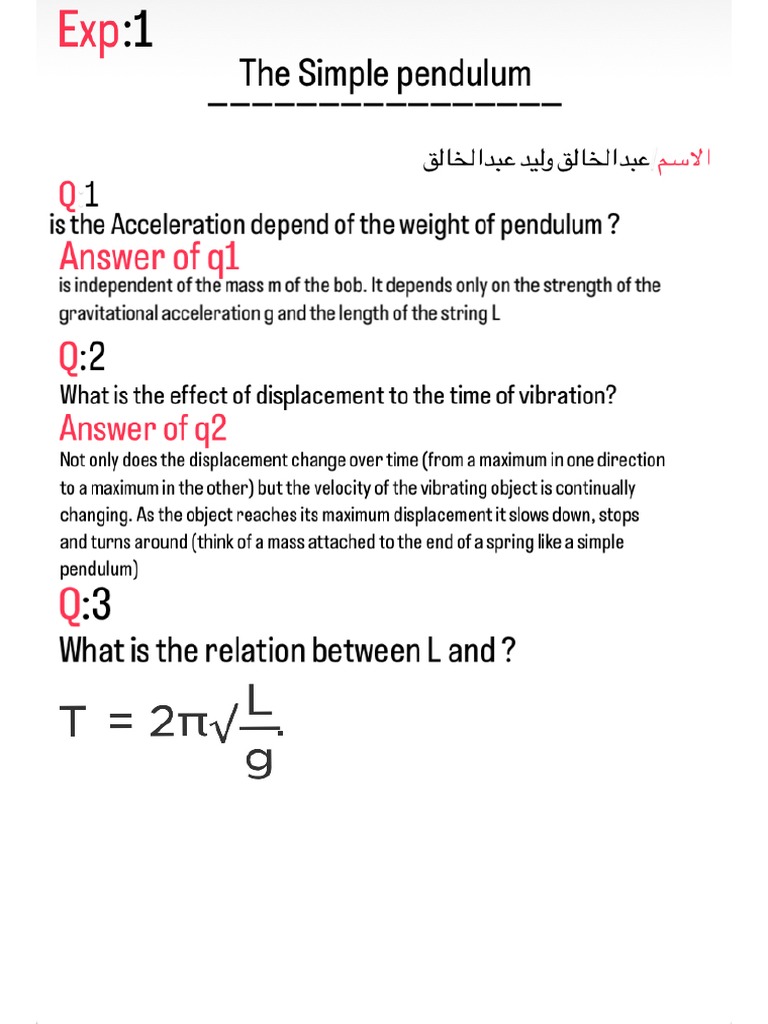In the quintessential arena of modern medicine, the intricate discipline of medical physics stands as a compelling confluence of healthcare and the physical sciences. The integration of physics within a clinical context is not merely a technical endeavor; it represents a paradigm shift which reshapes our understanding of disease management, diagnostics, and therapeutic intervention. To navigate this multifaceted domain effectively, it is essential to grasp the principles underlying medical physics, the methodologies employed, and the transformative potential it offers.
Understanding the Core Principles
At its essence, medical physics harnesses the principles of physics to address complex medical challenges. It encompasses the development, application, and optimization of imaging modalities, radiation therapy, and dosimetric practices. The primary ethos is to ensure patient safety while enhancing diagnostic outcomes and treatment efficacy. Central to this praxis is an astute understanding of ionizing and non-ionizing radiation, the interaction of particles with biological tissues, and the nuances of electromagnetic theories. Adopting such foundational tenets enables professionals to innovate and refine existing techniques, significantly impacting patient care.
The Spectrum of Medical Physics Applications
Medical physics encompasses a vast array of applications, each illuminating a distinct facet of patient treatment and diagnostic processes. The following domains exemplify this diversity:
- Radiation Oncology: The application of high-energy radiation in the treatment of malignancies necessitates a meticulous calibration of dosage and exposure techniques to maximize tumor eradication while sparing healthy tissue. This involves advanced methods such as Intensity Modulated Radiation Therapy (IMRT) and Stereotactic Body Radiation Therapy (SBRT).
- Medical Imaging: The art and science of imaging techniques—including MRI, CT scans, and PET scans—demand a harmonious balance between technological innovation and patient safety. Understanding the physics behind image acquisition and reconstruction contributes to more precise diagnostic capabilities.
- Nuclear Medicine: Employing radiopharmaceuticals to both diagnose and treat ailments, nuclear medicine specialists must be proficient in the principles of radionuclide behavior and imaging system calibration. This specialty often involves detailed patient interaction, requiring effective communication and ethical considerations.
Embarking on a Career in Medical Physics
Those aspiring to delve into medical physics must embark on a rigorous academic journey. The pathway typically begins with an undergraduate degree in physics or a closely related field. However, obtaining a graduate degree in medical physics is a critical step, as most clinical settings necessitate either a Master’s or Ph.D. in the discipline, often supplemented by a clinical residency program. Such residency experiences impart hands-on training, allowing neophytes to apply theoretical knowledge in real-world environments.
Developing Interdisciplinary Skills
A distinctive characteristic of medical physics is its interdisciplinary nature. Practitioners are not merely physicists; they are called upon to engage with healthcare teams that span various professional domains, including radiation oncologists, radiologists, and technologists. As such, cultivating strong communication skills is paramount. The ability to articulate complex concepts in accessible language is essential to fostering collaboration and enhancing patient understanding.
Furthermore, emerging technologies demand that medical physicists remain abreast of advancements in fields such as computational modeling and artificial intelligence. Incorporating data analysis skills into one’s toolkit can elevate a physicist’s capability to develop innovative solutions and optimize treatment protocols.
Ethical Considerations and Patient Safety
Ethics and patient safety lie at the apex of medical physics practice. The inherent risks associated with radiation exposure necessitate stringent adherence to safety standards and regulations. Medical physicists must possess a robust understanding of the principles underlying dose optimization, thereby ensuring that the benefits of treatment outweigh potential hazards. Ethical dilemmas, such as balancing patient autonomy with professional recommendations, frequently arise, underscoring the need for critical thinking and integrity within the discipline.
Challenges and Opportunities for Innovation
The field of medical physics is not devoid of challenges. The rapid pace of technological advancement can often outstrip the regulatory frameworks intended to ensure safety and efficacy, creating a backdrop for potential discrepancies between innovation and clinical practice. Medical physicists must engage actively in research to bridge these gaps, thereby fostering a culture of continuous improvement. Opportunities abound for innovation in areas such as personalized medicine, where patient-specific data can guide more tailored therapeutic approaches.
The Future Landscape of Medical Physics
As we stand on the precipice of a new era in healthcare, the potential for medical physics to revolutionize patient treatment is staggering. The advent of machine learning algorithms and predictive analytics heralds unprecedented opportunities for optimizing treatment pathways and enhancing diagnostic precision. As the boundaries of traditional medical practice continue to blur with technological advancements, the role of medical physicists will become increasingly critical, inviting a dynamic interplay between physics, technology, and patient-centered care.
In conclusion, mastering the art of medical physics is a journey filled with complexities and profound responsibilities. Embracing this domain not only promises personal and professional growth but also offers the chance to significantly influence the quality of patient care in an evolving healthcare landscape. The fusion of scientific inquiry with compassionate practice serves as both a challenge and a privilege, positioning medical physicists at the forefront of medical innovation.












